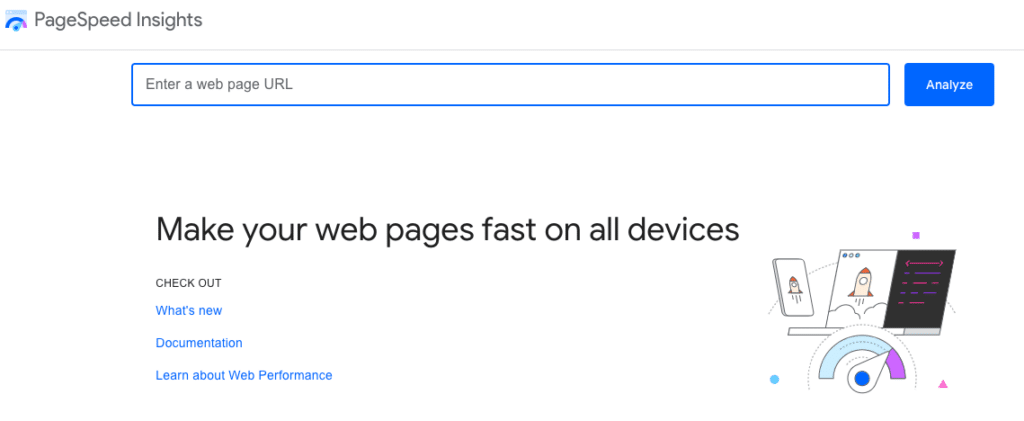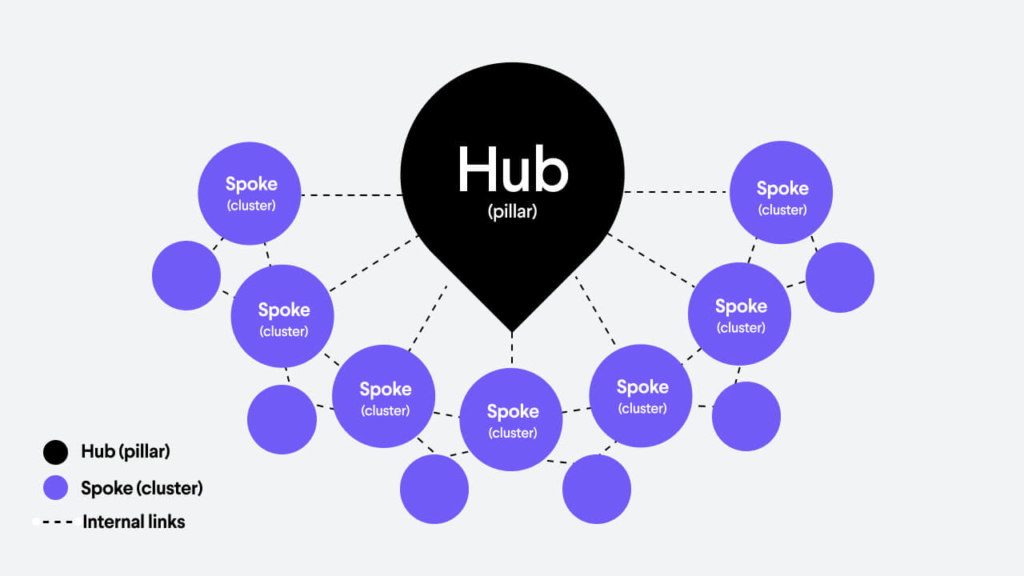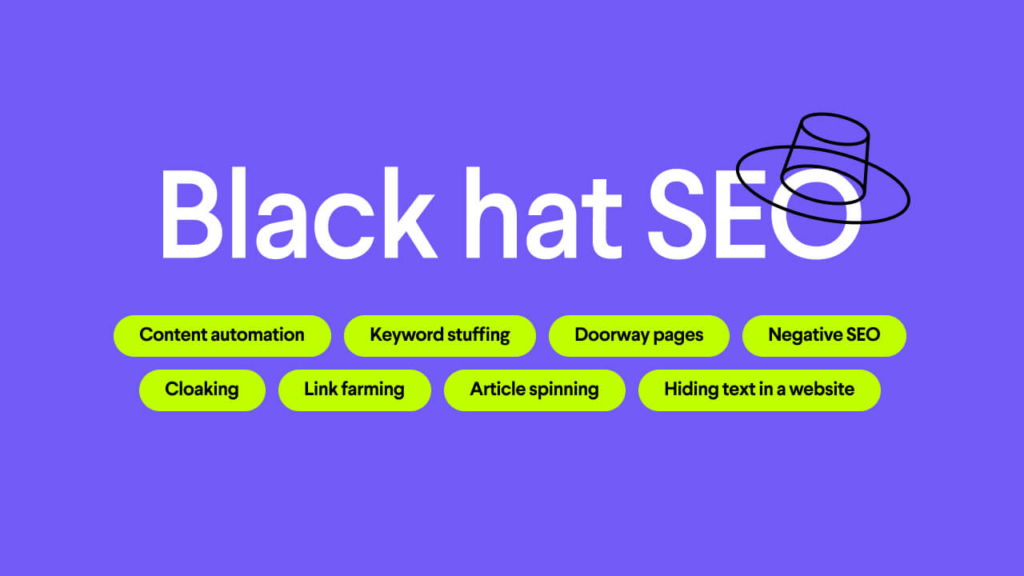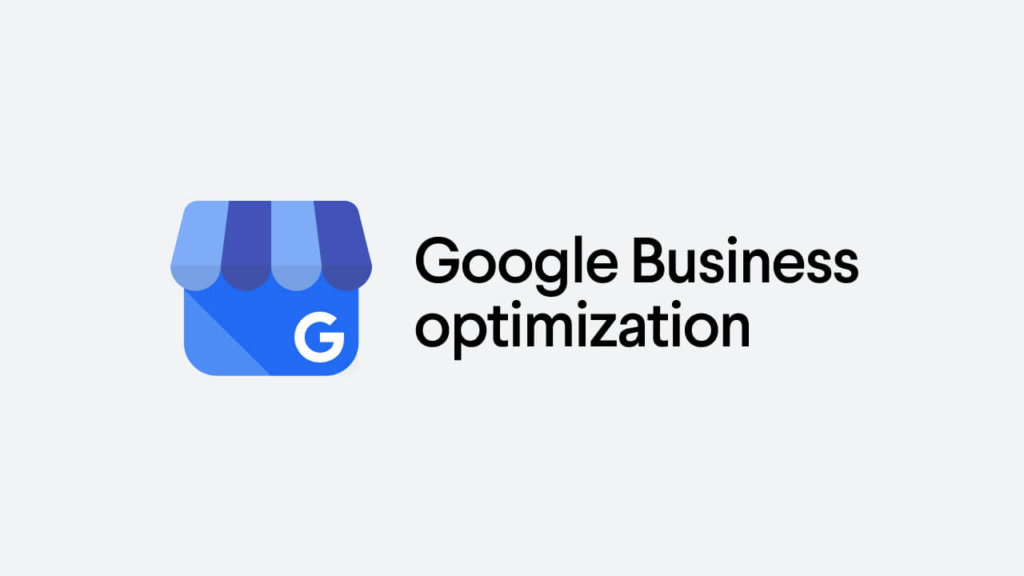How to Increase Organic Search Traffic to a New Website (16 Proven Techniques)
Much like organic food, organic search traffic takes a long time to cultivate, but is definitely worth the effort. Every business’s dream is to have customers and clients come directly to them.
If you have a new website, getting organic search results is crucial for your success. This is because a new website has little credibility. In the long term, getting organic results from content marketing will help tremendously in improving your online reputation.
Search engine optimization, or SEO, is a set of steps you can take to drive more organic traffic to your website. The goal is to improve your place in search engine results pages, so that people find you automatically.
In performing SEO, there are three broad categories of activities to consider:
- Making sure the website is user and search friendly
- Leveraging content marketing for organic search
- Getting backlinks from high-quality websites
And there are many specific steps you can take to increase search traffic to your website. We recommend you:
- Run an SEO audit
- Optimize on-page elements
- Perform tactical keyword research
- Optimize page speed
- Make sure your site is mobile friendly
- Create a content strategy
- Update current content
- Run a keyword gap analysis
- Focus on topical authority
- Aim for low keyword difficulty
- Produce content consistently
- Focus on quality over quantity
- Optimize, update and publish content consistently
- Build backlinks
- Stay Away from black hat techniques
- Optimize your Google Business profile (if you’re a local business)
We help our clients design their website with SEO in mind using tools like Google Analytics, SEMRush, and Surfer.
Run an SEO audit
The first step is to make sure your website is user and search engine friendly. Lots of small technical details can hurt the ability of search engines to index your website. These include:
- Broken links
- Redirects
- Client or server errors
- Noindex and nofollow tags
- Issues with canonicals
- Issues with title tags
- Heading tags
- Missing meta description
Fortunately, there are tools you can use to rapidly audit your website and search for these issues. They crawl through all of your content and flag problems.
Some popular tools include ScreamingFrog, Semrush, Ahrefs, and SiteBulb. At GLIDE, we make extensive use of ScreamingFrog and Semrush.
Optimize on-page elements
After a thorough SEO audit, you can start with basic on-page optimizations. These are small details on the pages of your website, such as:
- Headings and subheadings
- Internal linking
- Image optimization
- Alt-text
- File names
- Meta descriptions
- Compression
Off-page elements, on the other hand, are search relevant factors outside your website, such as external linking.
Google and other search websites use on-page elements to better understand what a page is about. Well organized and labeled web content will be easily readable for both humans and search engines, and on-page elements provide broad structural information of this kind.
Optimizing on-page elements helps increase organic traffic by making your website structured in a way that is easier to understand.
Perform tactical keyword research
Sometimes people use the words “tactics” and “strategy” interchangeably, but they do have subtly different meanings.
A strategy is the broad action plan you want to take to reach your goals. Tactics, on the other hand, are the individual steps and actions that you will use to carry out that strategy.
We recommend you practice tactical keyword research on a page by page basis. Instead of creating a general keyword research document, you can optimize pages quicker by focusing on each page on its own.
First, do the keyword research for the on-page optimizations of the main pages. Then, do keyword research for content strategy and content creation.
Be sure to consider search intent as well as the exact keywords themselves. Always ask why people are searching for something, and try to provide what they are looking for.
Organic traffic is the result of an intelligent, researched plan carried out over a long period of time. Fortunately, there are many tools that you can and should use for keyword research, including:
- Semrush
- SurferSEO
- Clearscope
- Google Ads keyword planner
- Ahrefs
- Google trends
- Google search
- AlsoAsked
Optimize page speed
One important way in which Google ranks webpages is by considering a website’s bounce rate, a measurement of how often people click on a website and then immediately click back.

A low bounce rate signals that users find your website a useful answer to their search query. A high bounce rate implies they saw little of value.
People on the internet are notoriously impatient. If your page doesn’t load immediately, most people will click back. After all, there’s a whole page of your competitors that they could look at instead.
One Google study estimated that the bounce rate of a website that takes 10 seconds to load is more than double that of a website that takes 1 second to load.
This means that, even if you have the best content in the world, if it loads slowly, your search ranking will be hurt. Don’t have a slow website! That will reduce organic traffic.
To quickly determine the page speed of your website, Google PageSpeed Insights is a handy tool you can rely on.
Make sure your site is mobile friendly
It’s not 2006 anymore – over 50% of web traffic comes from mobile. Making sure your website is fully functional on mobile devices is a best practice, because most of your organic traffic will come from mobile.

Create content with mobile in mind. This means short paragraphs and sentences for reading on a small screen, as well as readable chunks like tables and bullet points.
To quickly assess how mobile friendly your site is, you can use Google’s handy mobile friendly test.
Create a content strategy
Many businesses fall into the trap of blindly pumping out content without thinking deeply about how they will turn that content into money. Your first priority should be driving traffic to your money making pages: product pages, service pages, lead gen pages, and more.
You want organic traffic, but more importantly, you want organic traffic to the right parts of your website.
Before even thinking about the content you will make for a blog, resource, or learning section, you should make sure your most important pages have the content that your users are looking for. To do this, you can use Google Search Console to find out.
After optimizing those pages, the second step is to update old content and create new content to target new keywords.
Update current content
It’s a lot easier to work with what you already have than it is to create something new. And small tweaks can yield massive results for organic traffic.
A good place to start is with content that is ranking on Google, but not in the top spots. To find out where you are, you can use the Google Search Console.
Also, be sure to regularly maintain and update existing content for quality control and factual errors. Sometimes typos can survive a round of editing or two. An old study you cite may be proven wrong. And links do rot, after all.
Run a keyword gap analysis
Keep your friends close, and your competitors closer.
A good way to catch up with the competition is to find out what they have that you don’t.
To do this, you can use Semrush or Ahrefs to run a keyword gap analysis. This will point out the content your competitors have that is relevant to your target audience.
With any luck, you may be able to take some of your competitors’ organic traffic.
Focus on topical authority
It’s often a better idea to become an authority on a specific, niche topic than it is to scatter your efforts all over the place.
One good approach to doing this is to leverage the hub and spoke model or pillar and cluster pages.

In this model, the hub or pillar page is the main topic you want to focus on, and the spokes or clusters are supporting content.
The hub contains high volume targeted keywords, while the spokes are made up of lower volume or long tail keywords.
When done right, this practice attracts people looking for both the main topic and the supporting ideas.
Once they find your content, the system works to keep them reading, going back and forth from hub to spoke repeatedly via internal links.
Aim for low keyword difficulty
Some keywords are more difficult to rank than others.
Keywords with high search volumes will attract lots of customers, but they will also be dominated by other websites.
Don’t be tempted to target those keywords. It will be a lot harder to drive organic traffic to your website if you focus on them.
Instead, focus on low difficulty keywords. Keyword research tools like Semrush and Ahrefs will display difficulty for each keyword, letting you choose wisely.
Low difficulty keywords are often long tail keywords or rare search queries, which means they might not yield as much organic traffic as other keywords. But it will also be easier to dominate their referral traffic.
Produce content consistently
Woody Allen once famously said that 99% of success in life is just showing up.
This is as true for content marketing as it is for anything else. If you want your content to succeed, you have to produce and post content again and again and again, until you get results.
A key element of this practice is to be organized. At GLIDE, we have a content workbook that helps us stay organized and produce content on a monthly basis for our clients.
A sporadic, ad hoc campaign is unlikely to drive organic traffic. What you need is a tight plan.
Copy our Content Workbook Template and organize your content strategy with actionable items.
Focus on quality over quantity
Google’s algorithms are opaque and constantly changing. The only thing that stays constant is the preference for search results that actually provide value to people.
Google uses bounce rates, time spent on page, and other metrics to decide whether your website contains high quality content or not.
This means that quality of content is the most consistently important factor in driving organic traffic. If you try to game the system using high volumes of spammy content, no one will find it useful, and Google will notice and demote your pages.
One factor that is increasingly prioritized in judging the quality of content is E-E-A-T, which stands for Experience, Expertise, Authoritativeness, and Trustworthiness. This is a way of combating the rising tide of misinformation, fake news and AI generated content on the internet.
Google measures E-E-A-T using a variety of heuristics, such as background info on your organization and who you link to.
Justifying your claims inside blog posts with links to authoritative sources like government databases or academic websites is a good way of increasing your E-E-A-T score.
There are a few ways to come up with ideas for content that people will find useful:
Analyze the search results page for your keyword. Before requesting content, do research on what current search results turn up. You can use this information to make a more informed content outline.
Target “people also ask” and “related searches”. While analyzing the search engine results page, make sure you take note and address the sections called “people also ask” and “related searches”. These provide insights on what users are looking for when they search for the topic. With any luck, you can get your content featured there too.
At GLIDE, we have mastered the art of creating content briefs for SEO. Feel free to reach out to us if you or your team need help creating high-quality content briefs.
Optimize and publish content consistently
Success comes down to both publishing and optimizing consistently. Each piece of content is an asset that needs to be maintained and updated regularly.
Apply the same on page optimizations you performed initially for your main pages on the updated or new content you create:
- Title tags
- Heading tags
- Meta descriptions
- Internal links
- External links
- Image optimization
- Image alt tag
Build backlinks
One of the clearest signals that your site is good is that other good sites link to it. These links are called backlinks.
Unfortunately, building high quality backlinks is like everything else in content marketing: it takes a lot of time and resources.

There are several tried and proven link building techniques, here are a few examples of some of the most common link building techniques:
Guest blogging can be a great win-win for all parties. In this scenario, you write a blog post for an authoritative website, usually for free or low cost. But in return, you are allowed to link to your own website in the article.
Editorial links are backlinks that occur naturally as part of a good content marketing campaign. If your content is high quality, eventually someone might link to it simply because it is a good resource.
Broken backlinks on other sites can actually be an opportunity. If you find another website has a broken link in their content, you can gently point it out to them, and mention that you have a suitable piece of content to replace it with.
We recommend you stay away from, or at least carefully review, backlink opportunities that seem too good to be true. Building high quality backlinks takes extensive time and resources.
Stay away from black hat techniques
Black hat techniques are shady search engine optimization practices intended to manipulate search engines, rather than provide value to people. They go directly against the guidelines given out by the engines themselves.

Content Automation consists of using automated or AI tools to rapidly publish a high volume of junk content.
Using AI is not necessarily a problem, depending on how you use it, and Google is updating its guidelines to accommodate. Basically, if you are copy pasting directly from ChatGPT into your website, that is content automation. But if you use that output as a rough draft, and fill it in with additional useful details, that might not count as content automation.
Keyword stuffing consists of spamming your content with the keywords you want to rank for. It’s pretty obvious when someone does this. While it might have worked for web pages in 1999, now it is an immediate red flag for Google.
Doorway pages immediately redirect visitors to a completely different, often unrelated page. They are a deceitful practice that can hurt your reputation and search ranking.
Cloaking is used to present different versions of your content to users and search engines, in an attempt to try to manipulate rankings.
Negative SEO consists of doing something to damage a competitor’s ability to rank, such as falsely reporting them for some kind of violation. As with many other domains in life, healthy competition is not competitive. Instead, it makes everyone involved better.
There are many other spam techniques to try and manipulate search engine rankings, check out Google’s spam policies to learn more about these and other common forms of spam.
Optimize your Google Business profile (if you are a local business)
As a company that offers SEO services for Austin businesses, we have experienced first hand the difference it makes for local businesses when their Google Business profiles are optimized.

A Google Business profile is an account you make with Google that verifies your identity and includes information that helps customers find you. Basically, it’s a way of confirming to Google that you are legit.
First and foremost, having a completely filled out Google Business profile will make your location stand out on Maps. We’ve all had a moment where we were looking for a place to eat, and turned down a restaurant because its hours or menu weren’t listed.
An optimized Google Business profile will contain all the information your customers could possibly want, and it can show up all across Google, even on Search and Shopping.
FAQ
Can SEO increase organic traffic?
SEO can absolutely increase organic traffic to your website.
It is not guaranteed to work in all cases, however. SEO is a competitive, winner takes all type field, and it will be easier for some businesses than others, simply because of their niche, context and resources.
How long does it take to get organic search traffic?
SEO usually requires persistent time and effort to work. Expect to see increased traffic to your website after six months at the very earliest, but a year is more likely.
When more organic traffic does come in, however, the results are worth it.
Interested in learning more? We would love to chat!

Read our definitive guide to your first 12 months as a marketing leader that will make an impact on your organization’s goals.
